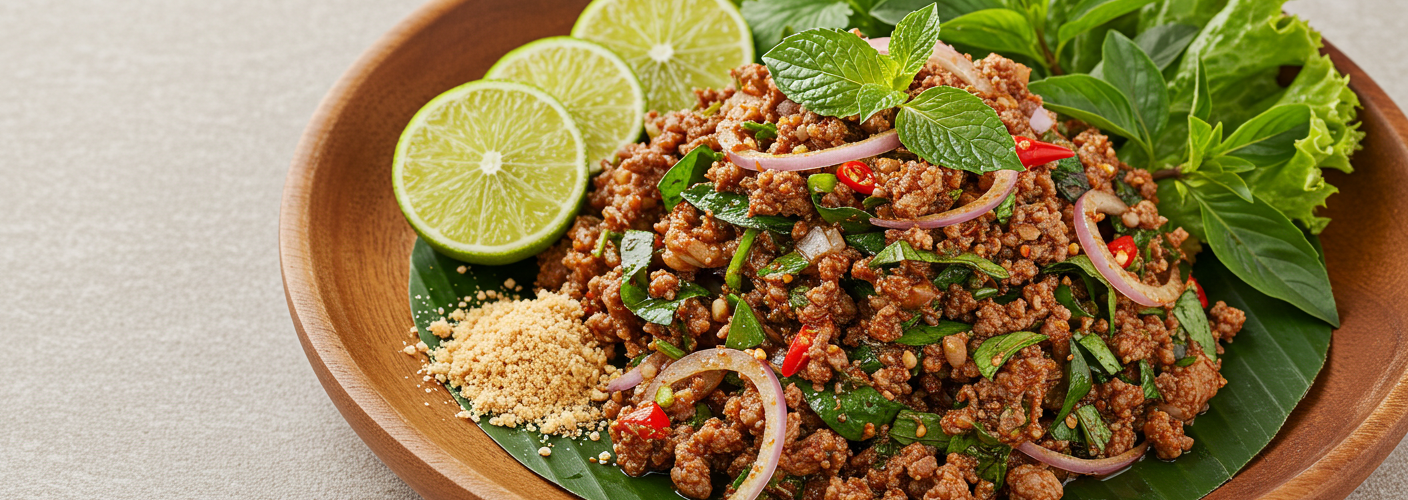Laab, a traditional dish hailing from the regions of Southeast Asia, particularly Laotian and Thai cuisine, is an exquisite meat salad that tantalizes the taste buds and embodies the spirit of vibrant flavors. This dish has an intricate balance of ingredients that not only highlights the meat but also celebrates the harmony of herbs and spices, making it a must-try for anyone looking to explore the culinary treasures of the region.
At the heart of laab is its primary ingredient—meat. Traditionally, minced meat is used, with options ranging from chicken, beef, pork, or duck. The selection of meat can greatly enhance the overall flavor profile of the dish. For instance, using ground pork adds a rich depth, while chicken provides a lighter option. The chosen meat is not only cooked but often served warm, allowing it to meld harmoniously with the other ingredients.
One of the defining characteristics of laab is its dressing. A combination of fish sauce and lime juice creates a tangy and savory base that complements the meat beautifully. Fish sauce, known for its robust umami flavor, is a staple in Southeast Asian cooking and adds complexity to the dish. The addition of fresh lime juice brings a zesty brightness, cutting through the richness of the meat and balancing every bite. The marriage of these two ingredients is what makes laab so irresistible.
A unique aspect of laab is the incorporation of padaek, a fermented fish sauce specific to Laos. Padaek adds depth and a distinctive taste that sets authentic laab apart from other meat salads. Its pungent flavor might be off-putting to some at first, but its fermented quality enhances the overall dish and gives it an authentic touch that is hard to replicate.
Ground rice also plays a pivotal role in laab, adding texture and a slight crunch. The rice is usually toasted before it is ground, imparting a toasty flavor that contributes to the salad’s complexity. This element not only provides contrast to the chewy meat but also allows the other ingredients to adhere better, creating a cohesive bite.
Herbs are another essential component of laab. Freshly chopped herbs such as mint, cilantro, and green onions lend aromatic qualities, brightening the salad further. The freshness of the herbs contrasts nicely with the rich elements, making each mouthful a refreshing experience. The key is using herbs that are not only fragrant but also add layers of flavor, enhancing the salad’s overall appeal.
When it comes to serving laab, it is typically accompanied by sticky rice—a staple in Laotian and Thai culture. The sticky rice acts as a perfect vessel to scoop up the salad, creating a delightful dining experience. It can also be served with fresh vegetables or lettuce leaves, allowing diners to create their own wraps.
Laab is not just a dish; it’s a celebration of flavor, tradition, and culture. Whether you are enjoying it at a local eatery or preparing it at home, the experience of savoring laab brings together the essence of Southeast Asian cuisine in every bite. So, the next time you’re seeking an adventure for your taste buds, consider giving laab a try; it’s sure to become a favorite for any fan of vibrant and flavorful dishes.




Add comment